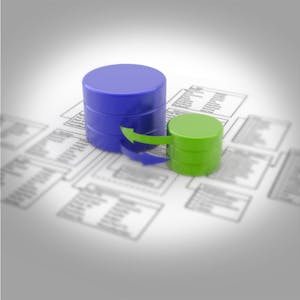Spatial Analysis and Satellite Imagery in a GIS
About this Course
In this course, you will learn how to analyze map data using different data types and methods to answer geographic questions. First, you will learn how to filter a data set using different types of queries to find just the data you need to answer a particular question. Then, we will discuss simple yet powerful analysis methods that use vector data to find spatial relationships within and between data sets. In this section, you will also learn about how to use ModelBuilder, a simple but powerful tool for building analysis flowcharts that can then also be run as models. You will then learn how to find, understand, and use remotely sensed data such as satellite imagery, as a rich source of GIS data. You will then learn how to analyze raster data. Finally, you will complete your own project where you get to try out the new skills and tools you have learned about in this course. Note: software is not provided for this course.Created by: University of Toronto

Related Online Courses
This specialization follows our Learn English: Intermediate Grammar specialization and includes more advanced grammar concepts such as noun clauses and conditionals. You\'ll also learn how to blend... more
You will identify ways to implement the six principles of Integrative Nursing in your work setting, then learn how to practice and apply specific integrative therapies at work, in alignment with... more
In this course, you\'ll review the specifics of the Capstone project. In addition, you will create and run your regression model and share your results with your peers. Let\'s get started!Created... more
This course presents critical concepts and practical methods to support planning, collection, storage, and dissemination of data in clinical research. Understanding and implementing solid data... more
Welcome to Policy, Technology, and Carbon Free Cities, the second course in the Building Sustainable Cities Specialization. This course is intended to build upon foundational concepts introduced in... more








